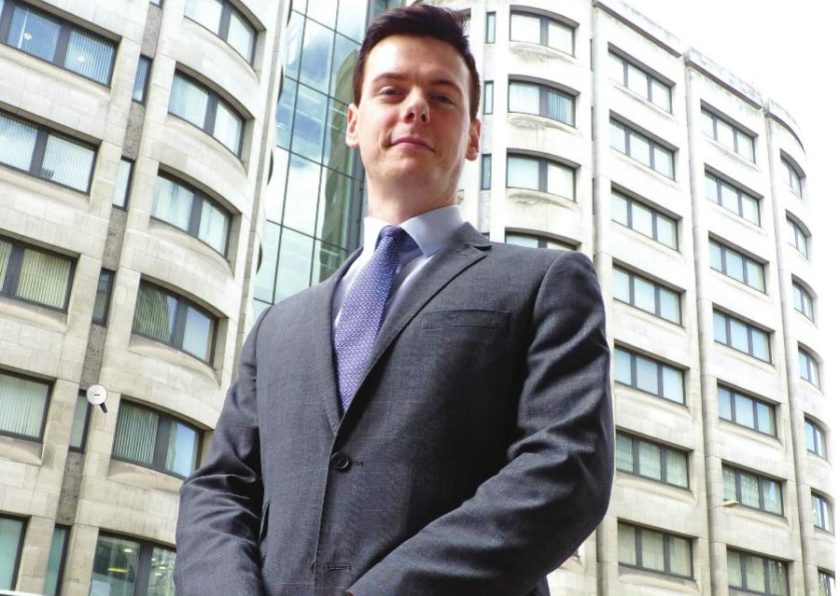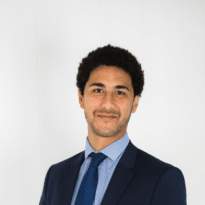Client contact
BpH has four advisers (including three partners of the firm), two paraplanners (John and a junior, who he is helping to develop) and six administrative staff – .One of the key differences between his role at BpH and his previous firm is that he now has direct client contact. He believes being in the meetings with the client and the adviser creates benefits not just for the paraplanner but all round. “The most effective work from a paraplanner comes out of having first-hand experience of the client and not having to rely on just what the adviser is telling you,” he says. “It’s another set of eyes and ears in the meeting and that can be important because occasionally you pick up different nuances in what the client is saying, or interpret things the client says differently. It also means as a paraplanner you can get on with all the follow-up work that is required and you don’t have to have ancillary meetings with the adviser to know what is required,” he says.
It benefits the client also to have another person to contact, he adds. “Because we’ve had those face-to-face meetings and I am familiar with their financial situation, if the adviser is away or in meetings clients can contact me if they need things and they will often copy in both the adviser and me to their emails and letters. As well as making the advice process run more smoothly, it helps make the client feel they are being better looked after.”
Investment committee
In his BpH role John is also part of the firm’s investment committee that sits quarterly and, using input from the outsourced research service provided by Tim Hale’s Albion Strategic Consulting, steers the model portfolios used for clients’ investments. “We use a passive style approach for the majority of client portfolios – mainly mutual fund trackers – and funds from Dimensional, which is as much a buy and hold approach, using empirical evidence, rather than stockpicking, to efficiently deliver market returns,” John says. “We monitor the model portfolios, which are risk rated, to make sure they are doing what we say they should. Where we identify funds that are not meeting our objectives, I will keep those under review and prepare reports on them ready for the following committee sitting. Also I’ll put forward new funds that meet our principles and our philosophy.
“We haven’t made any drastic changes for a couple of years, so mainly it is monitoring at the moment,” he adds. The reason for tending to avoid active managed funds, he says, is there is “no guarantee of consistency” among active managers. “You’ve got to pick the fund manager who that year is going to be great and he has to pick 80-100 stocks that are going to be great and that will give the investor a decent return after he takes off his charges and research fees. To research that whole universe of active funds to find those managers becomes an expensive game for us and our clients and a pretty inconsistent one as well,” he says.
The firm uses ETFs minimally, synthetics and stock lending being issues, but keeps them under review, John says.
Legacy business means some clients hold investment trusts. The firm doesn’t use structured products, which is a decision made at senior level, he adds.






























